The Pros And Cons Of Different Brake Disc Designs
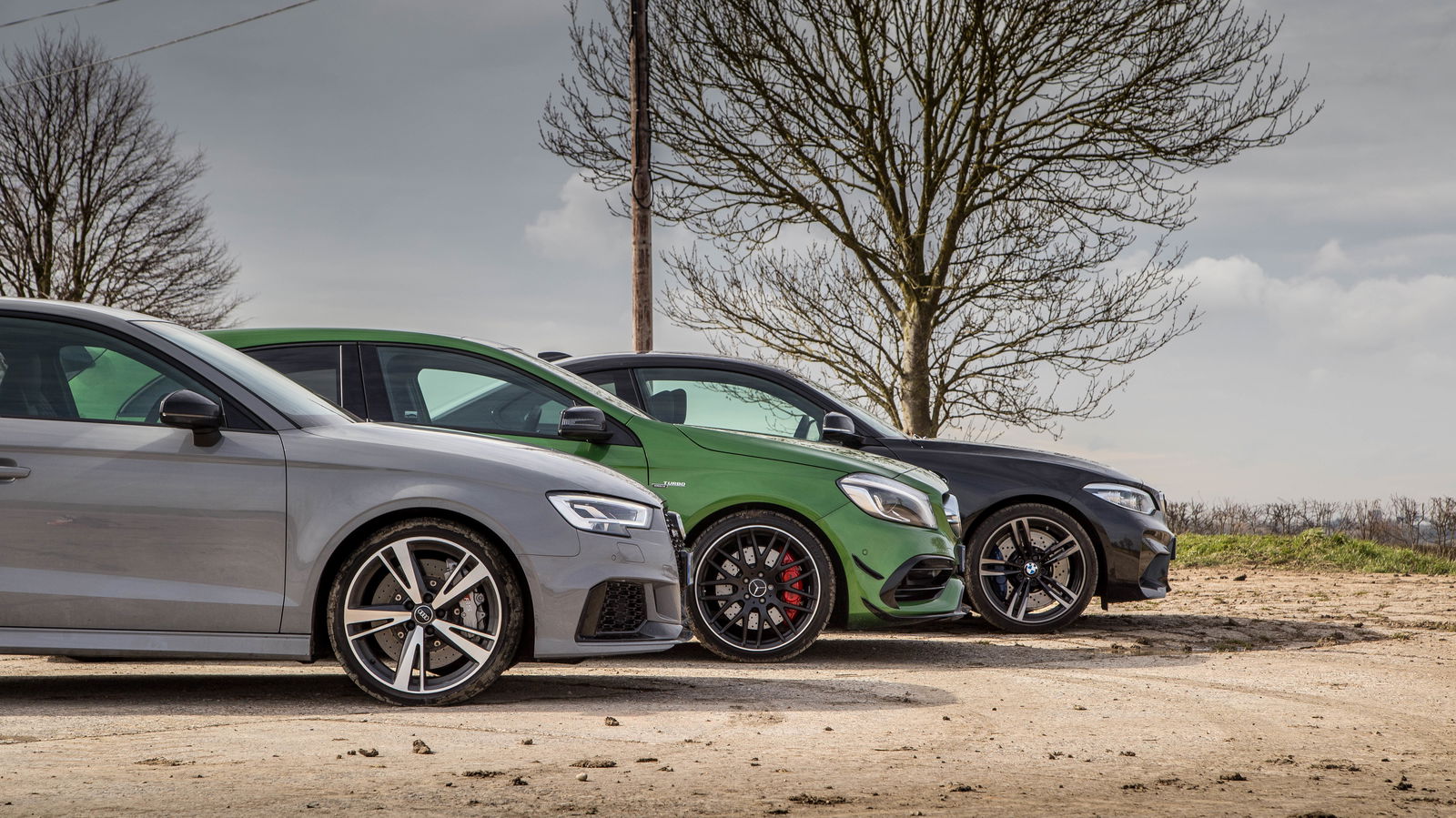
We all know the basic function of a disc brakes. A caliper pushes one or more pads onto the disc, causing friction and slowing the rotation of the axle it’s attached to. But while all systems operate on this general principle, the parts used for the job vary greatly.
Pad material can vary, there are many different kinds of caliper employed by both OEMs and the aftermarket, and the design of the discs can vary.
So, following on from our look at monoblock calipers, let’s examine the different kinds of brake disc:
Solid
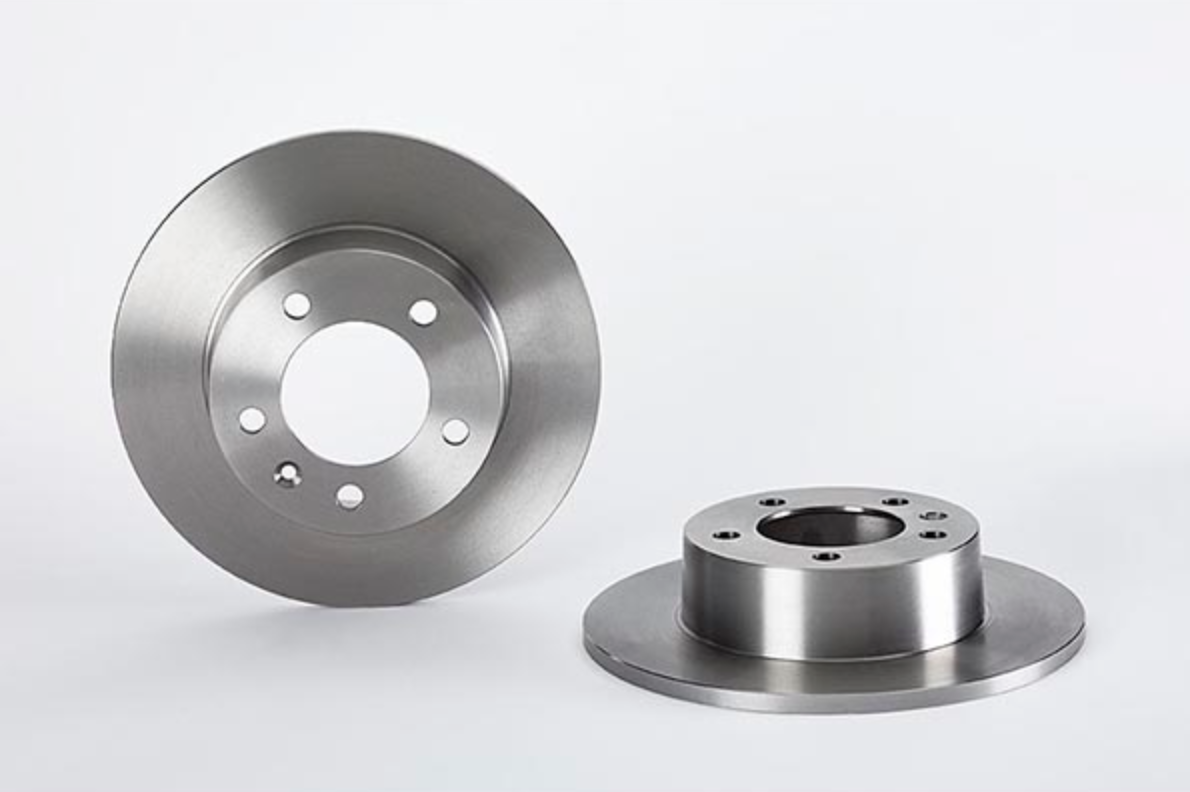
The simplest kind of brake disc you can buy. As the name implies, these are just a solid block material. Specifically, iron. Cheap to manufacturer and cheap to buy, there’s nothing strictly wrong with them, but they won’t be as good at managing heat as the next kind of disc we’re going to look at:
Vented
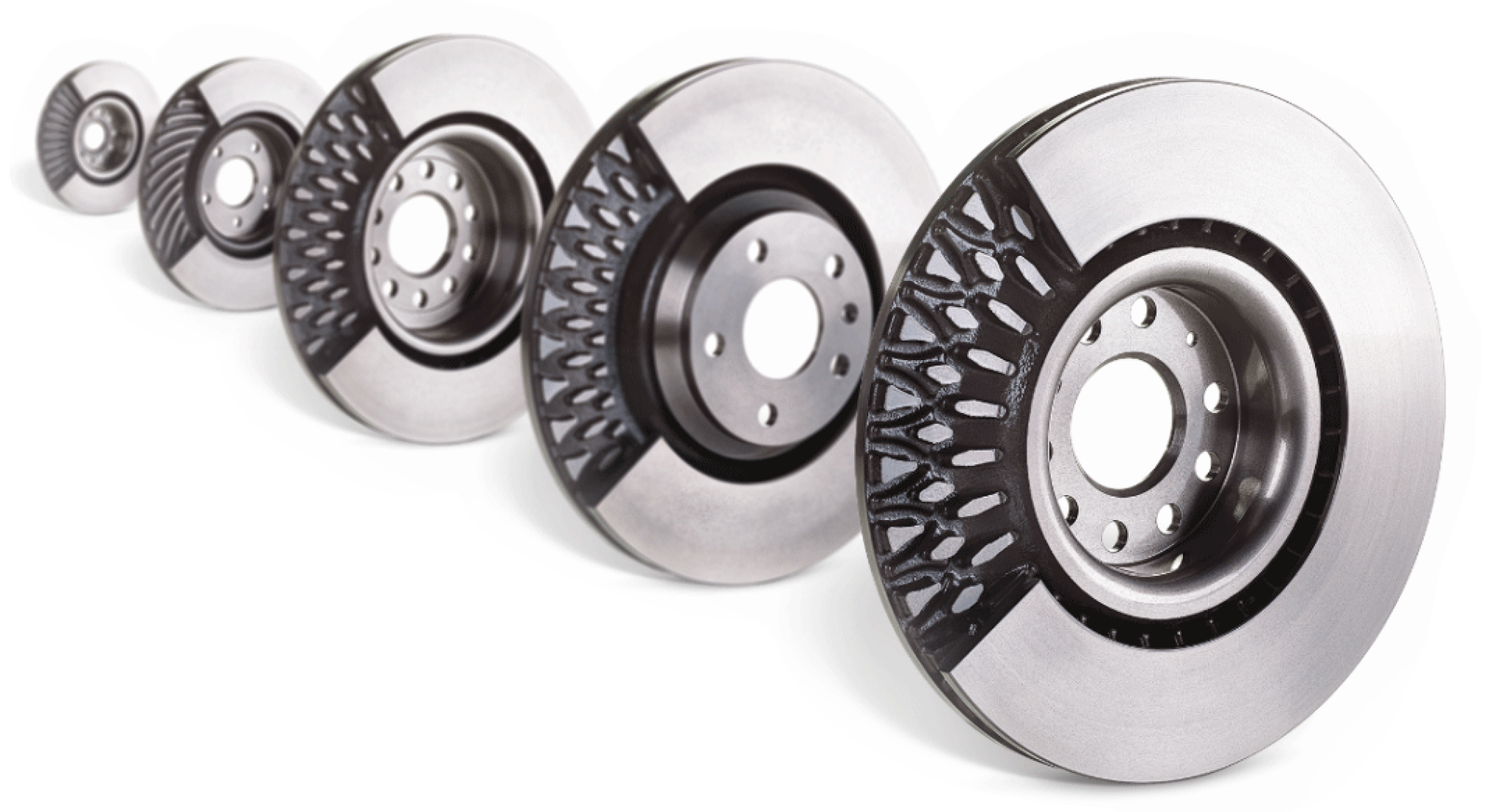
Probably the most common type of disc fitted to modern cars. This design sees the two ‘faces’ of the disc spaced apart, giving room for cooling channels. These allow heat to escape, preventing the disc from getting too hot and cracking, while also increasing the life of the pads.
Originally featuring straight channels, ventilated discs have evolved through the years to improve airflow. In the image above from Brembo, you’ll see straight channels, curved channels and three different ‘pillar’ style designs.
Drilled
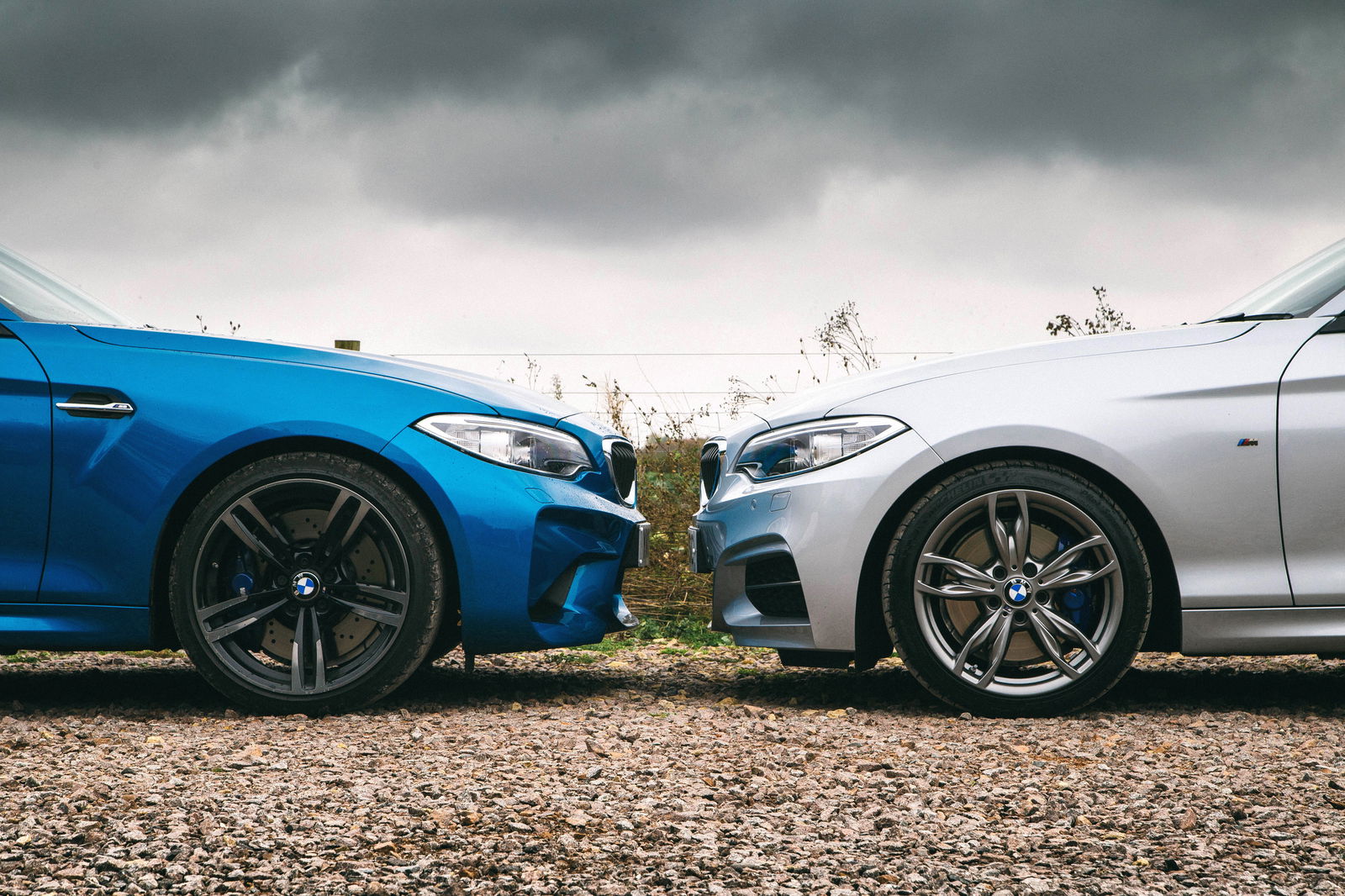
When a brake pad is put to heavy use, it releases gases and particles, forming a layer that prevents the pad from touching the disc as effectively - this is otherwise known as brake fade. Holes can be drilled through the disc to give the gas somewhere to escape while also reducing weight of the part, but in the process, the rotor is compromised.
A disc acts as a big heat sink, so sticking a load of holes in it means there’s less of it to dissipate heat. Plus, those holes can become stress points, potentially leading to cracking during heavy braking. In any case, modern brake pads aren’t as gassy as their predecessors, so the need for drilling has been reduced.
But still, on the road you probably won’t encounter such problems, which is why drilled discs are still a common sight on modern performance cars, where they undeniably look pretty good behind big, spangly wheels. Plus, they can be manufactured strong enough to make fracturing a rare occurrence.
Slotted/grooved
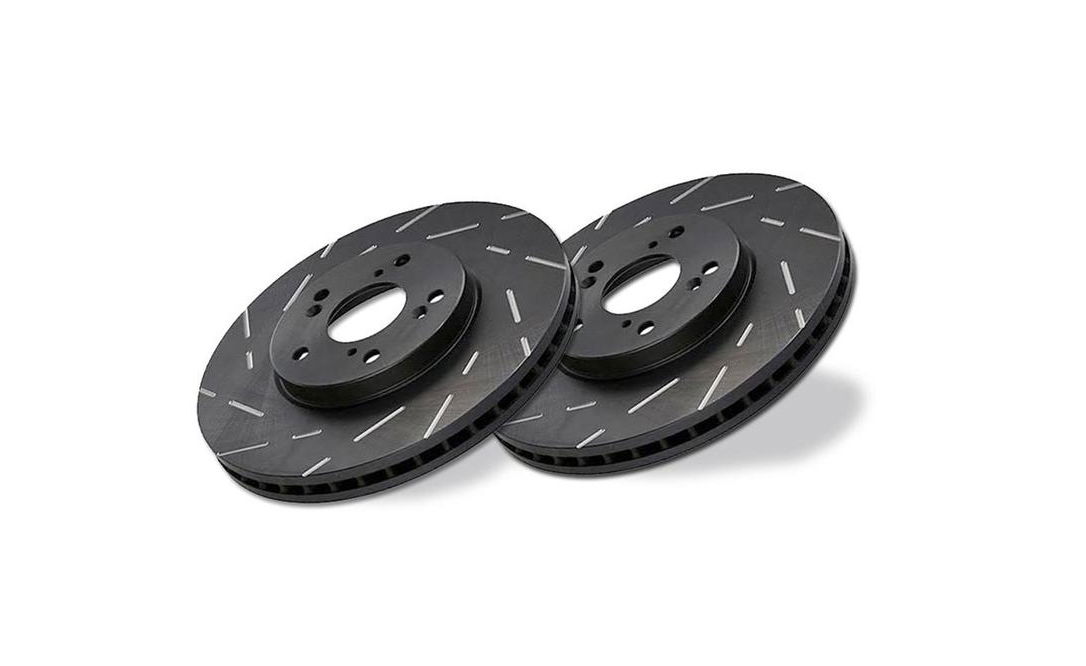
This slotted design attempts to answer the same question in a different way. Slots or grooves in the surface of the disc allow gases to escape, and there are additional benefits. The ‘scraping’ action introduced by the slots can clean the pad, and the edges of the groves increase friction, albeit at the expense of pad wear. And finally, like drilled discs, they look pretty awesome.

Groove designs vary, with one of the most distinctive being the ‘j hook’ (above) which is intended to offer the same debris and gas ejection properties while cutting down on vibrations. And if anything, they look even better.
Dimpled
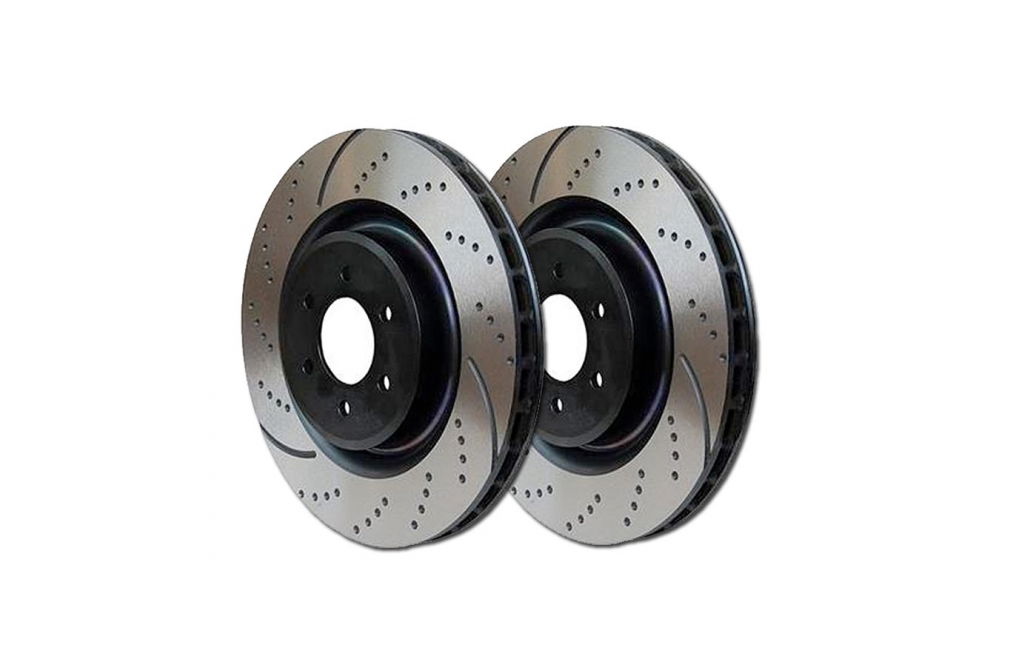
Here’s option number three for letting those pesky gases escape. The surfaces are only drilled part-way through, leaving the structural integrity of the discs intact while still giving gases and debris a place to escape.
Dimples are combined with grooves on some discs, and you’ll often see drilled holes combined with slots. As to whether there’s any point other than looks, it’s hard to say.
Waved
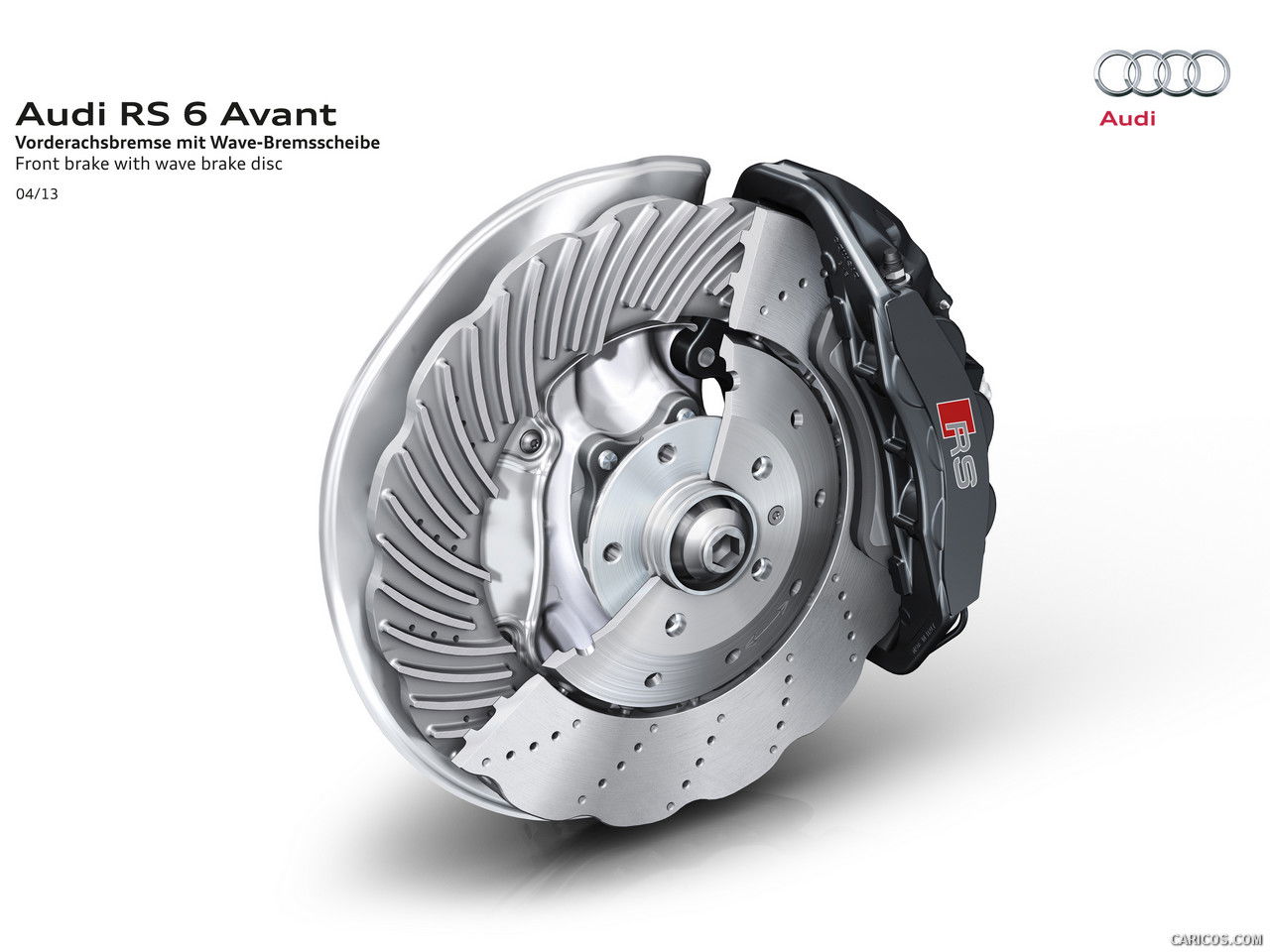
Waved discs have been around in the motorcycle world for years, but keen to capitalise on its acquisition of Ducati, Audi began introducing the concept to some of its quicker cars a few years ago. A reduction in weight (because there’s less material) and better heat dissipation are the main advantages. As with a lot of the designs we’ve just spoken about, the looks are almost certainly a factor for these being picked by manufacturers and consumers.
Carbon ceramic
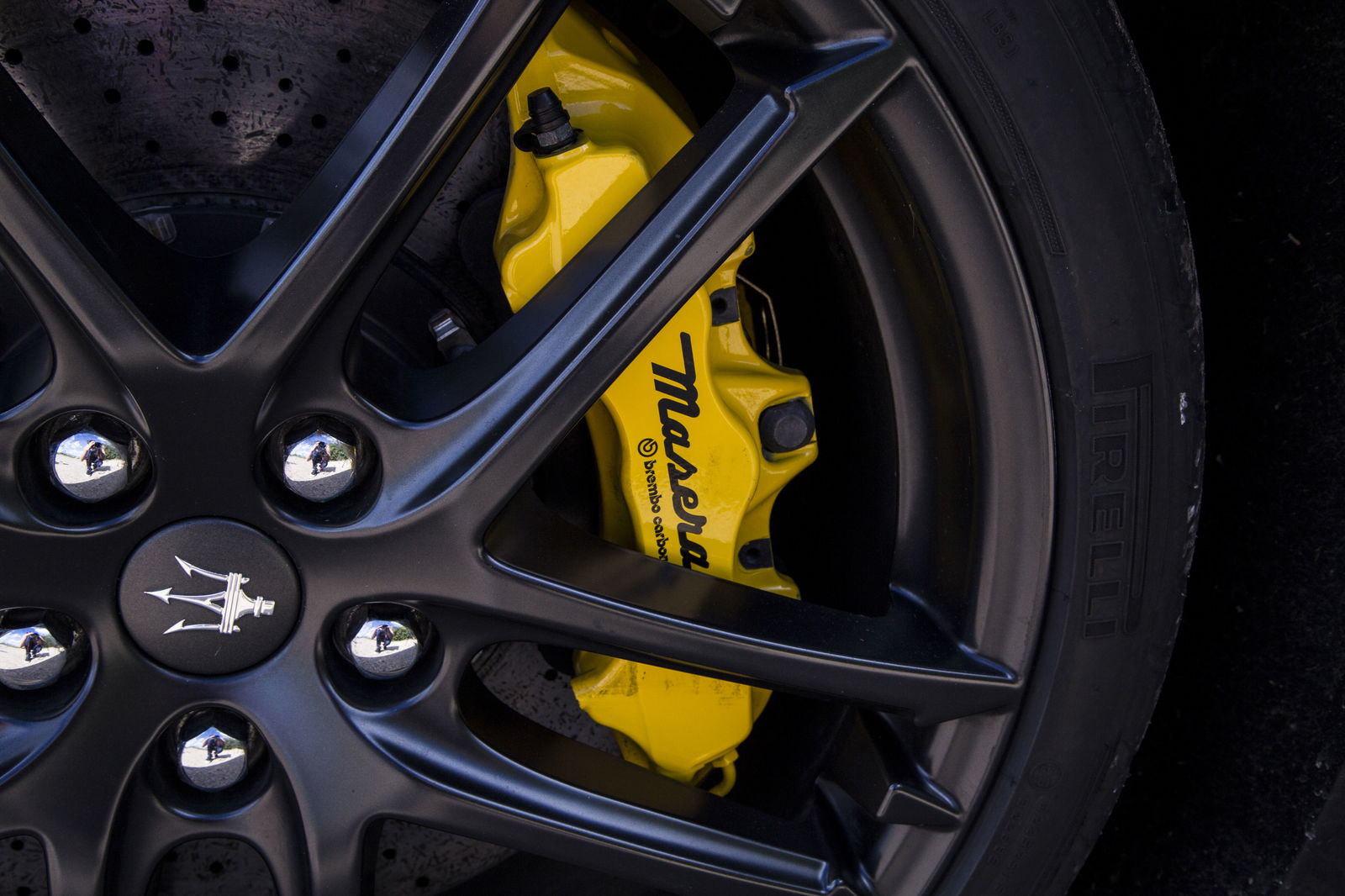
The most extreme way to approach heat management is opting for a carbon ceramic setup. A hot disc means hot pads, and that results in more gas and debris being released. So why not go for a different material than cast iron?
Carbon ceramic discs are much more resistant to heat, and are also less likely to warp or deform during heavy use, meaning they’ll usually last longer. As a bonus, they’re typically much lighter than their iron counterparts.
But there’s a reason their use still isn’t that common: cost. Carbon brakes are much more expensive to make, which means you’ll usually be charged for the privilege of optioning them on your new car. On ‘our’ old Audi RS3 longtermer for example, the carbon brakes were £4600. Plus when you replace them, you’ll be shelling out thousands to get the job done. You’ll need pads with a specific compound, and guess what - they aren’t cheap either.
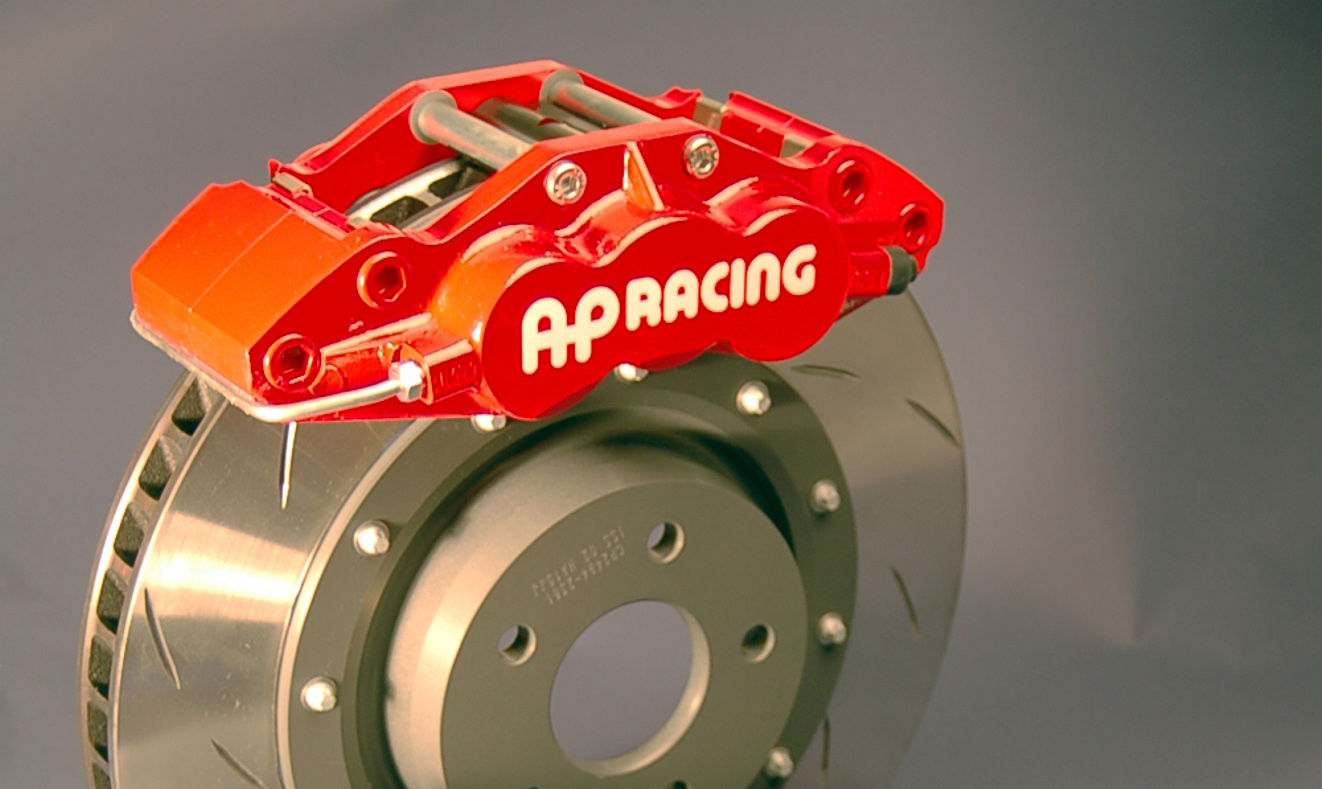
Have you upgraded your brakes recently? What kind of disc did you go for, and why? If the answer is ‘it looked good’, we won’t judge! Get to the comments section and let us know.
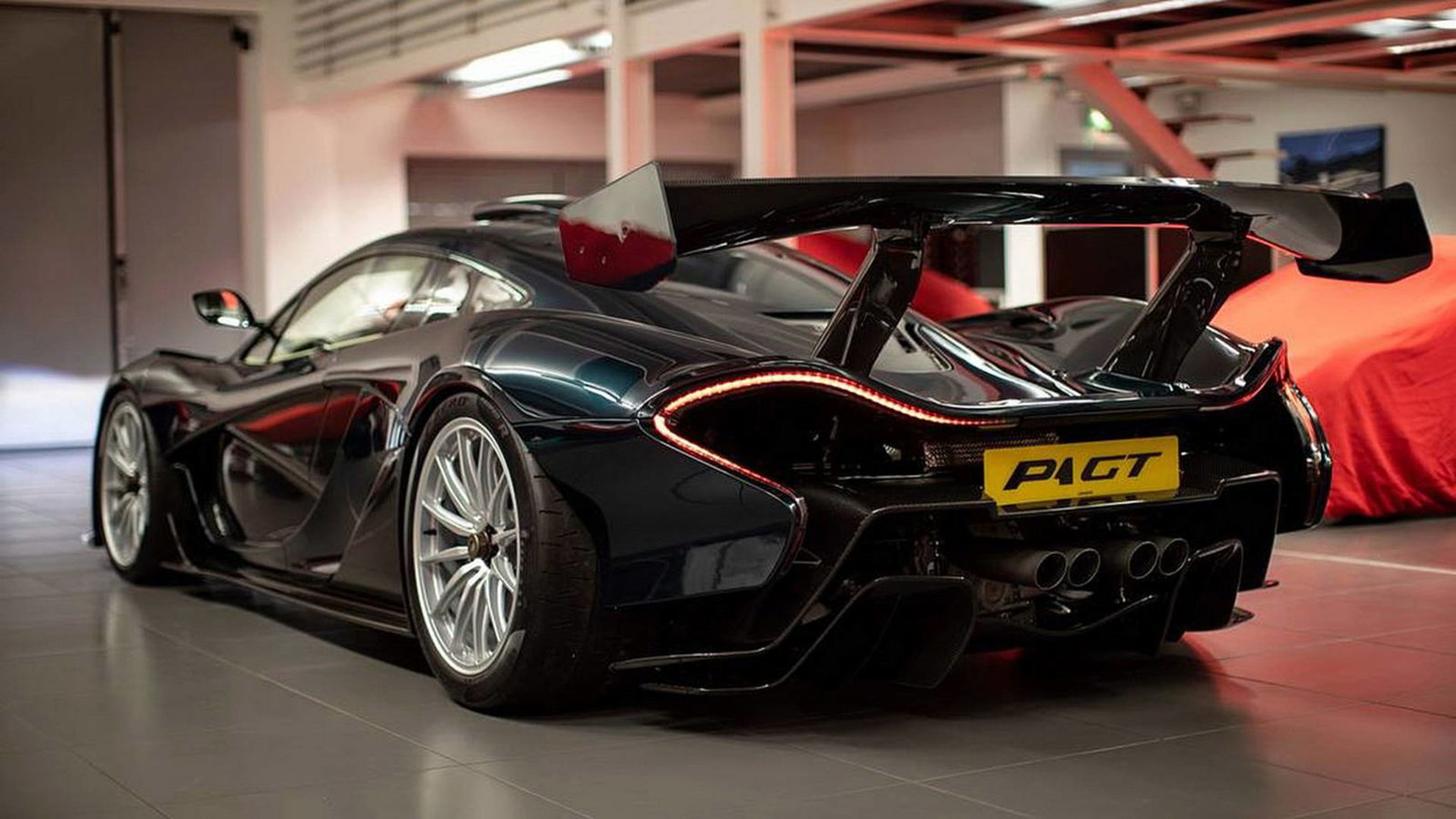

Comments
Here are the floating vented discs from my Z3 M Coupe
My BMW 635csi has upgraded full drilled and slotted rotors and 6 piston front and 4 piston rear brakes
Any love for the humble drum brake?
forgot to discuss solid vs floating rotor.
Pagination